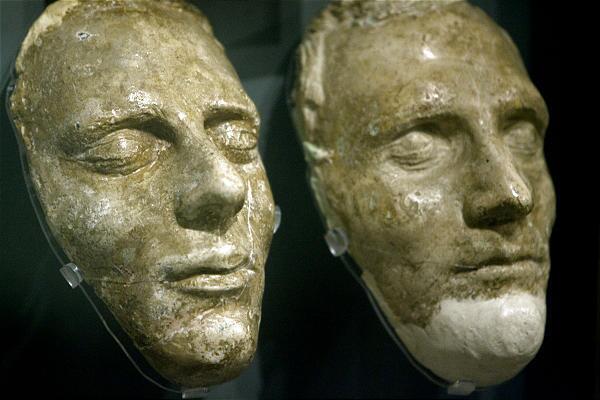The Church History Museum contains interesting artifacts, from Hyrum Smith's sunglasses to Eliza R. Snow's pocket watch. But there are two additional historic items that have a story all their own: the death masks of Joseph and Hyrum Smith. Read on to find out more about what a death mask is and how the Church came to have these special memorials on display.
▶ You may also like: These one-of-a-kind depictions of Joseph Smith might surprise you
1. Death masks date back to ancient Egyptian times.
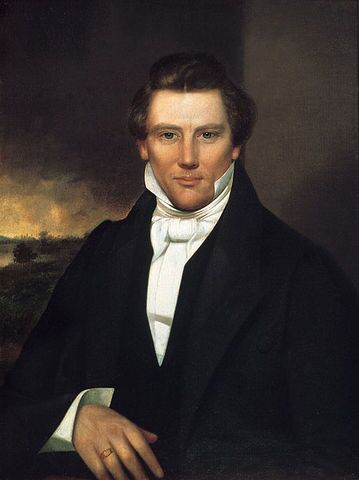
Photography and daguerreotypes (photographic images on a silvered copper plate) were only beginning to make an appearance during the time of Joseph and Hyrum’s death, so death masks were an easy way to preserve the memory and appearance of deceased loved ones. Though making death masks is not a common tradition today, the practice dates back to ancient Egyptian times. The masks were usually intended as a way to remember the person who had died and to create other artwork of them. Joseph and Hyrum’s casts were made by George Cannon (father of apostle George Q. Cannon) with layers of plaster and fabric strips. These casts were the basis for many paintings and busts of the Prophet and his brother, starting as early as the 1850s.
▶ You may also like: Do Photographs of the Prophet Joseph Smith Exist?
2. Hyrum’s mask still shows his fatal injury.
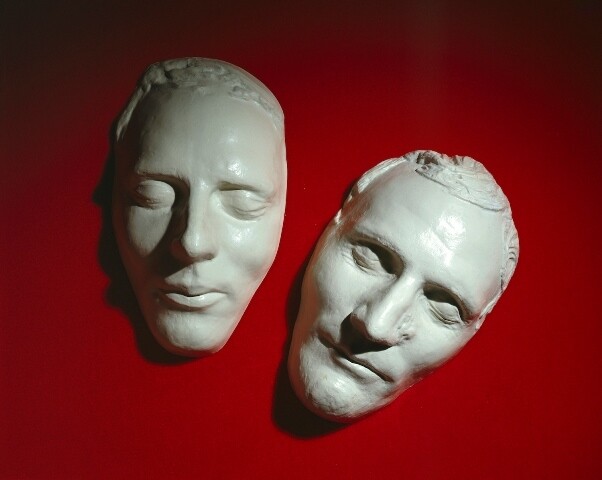
Latter-day Saints are fairly familiar with the story of Joseph and Hyrum’s martyrdom and the fact that Hyrum was killed when a bullet entered the left side of his nose. Because the masks were made soon after their deaths, there is little post-mortem distortion. However, the bullet wound on Hyrum’s face is distinguishable as a small distortion on the mask.
3. Joseph and Hyrum Smith likely had several sets of death masks made.
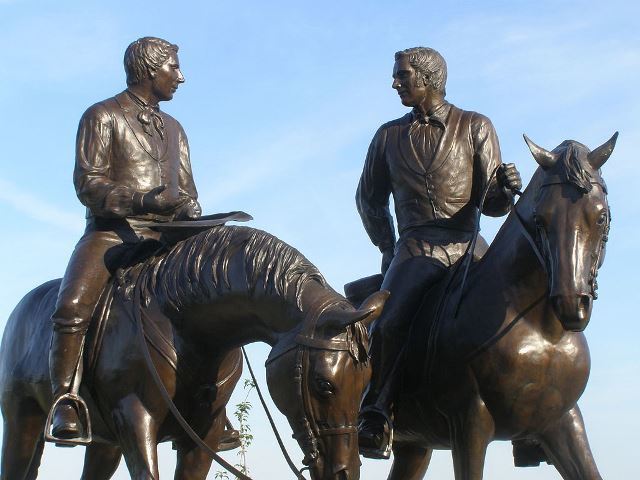
According to history.lds.org, it is likely that several casts were made of Joseph and Hyrum at the time of their deaths. However, the only known existing original set is found in the Church History Museum. They are often referred to as the Dibble masks, because Philo T. Dibble, a former bodyguard of Joseph Smith, acquired them after George Cannon’s death. Brother Dibble had a vision of creating a panoramic scene and art gallery of Church history events as a way to share the gospel and build Zion. It became a traveling museum, to which display he added the death masks as he shared his testimony of the prophet Joseph Smith.
4. The death masks were a key part of identifying the remains of Joseph and Hyrum in the 1900s.
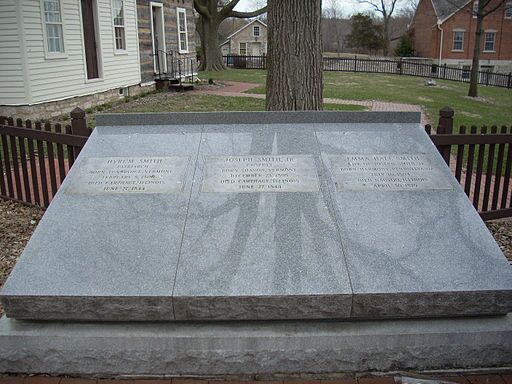
The remains of Joseph and Hyrum Smith were moved several times after they were buried. After they were found in 1928, they were reburied next to Emma Smith’s grave. When there was controversy over the correct identification of the bodies in 1994, Curtis G. Weber used the death masks to more closely study and confirm which remains belonged to which beloved brother in Church history. You can read more about his investigation in his article, found on mormonhistoricsites.org.
5. The man who sculpted the Salt Lake Temple’s angel Moroni statue was first inspired to sculpt because of the death masks.
Sculptor Cyrus Dallin saw the death masks of Joseph and Hyrum in Philo Dibble’s traveling museum when he was only 12 years old. This is what first inspired him to start sculpting. Later in life, he was the artist who sculpted the angel Moroni statue that now crowns the Salt Lake Temple, as well as the Brigham Young monument still located in downtown Salt Lake City.

